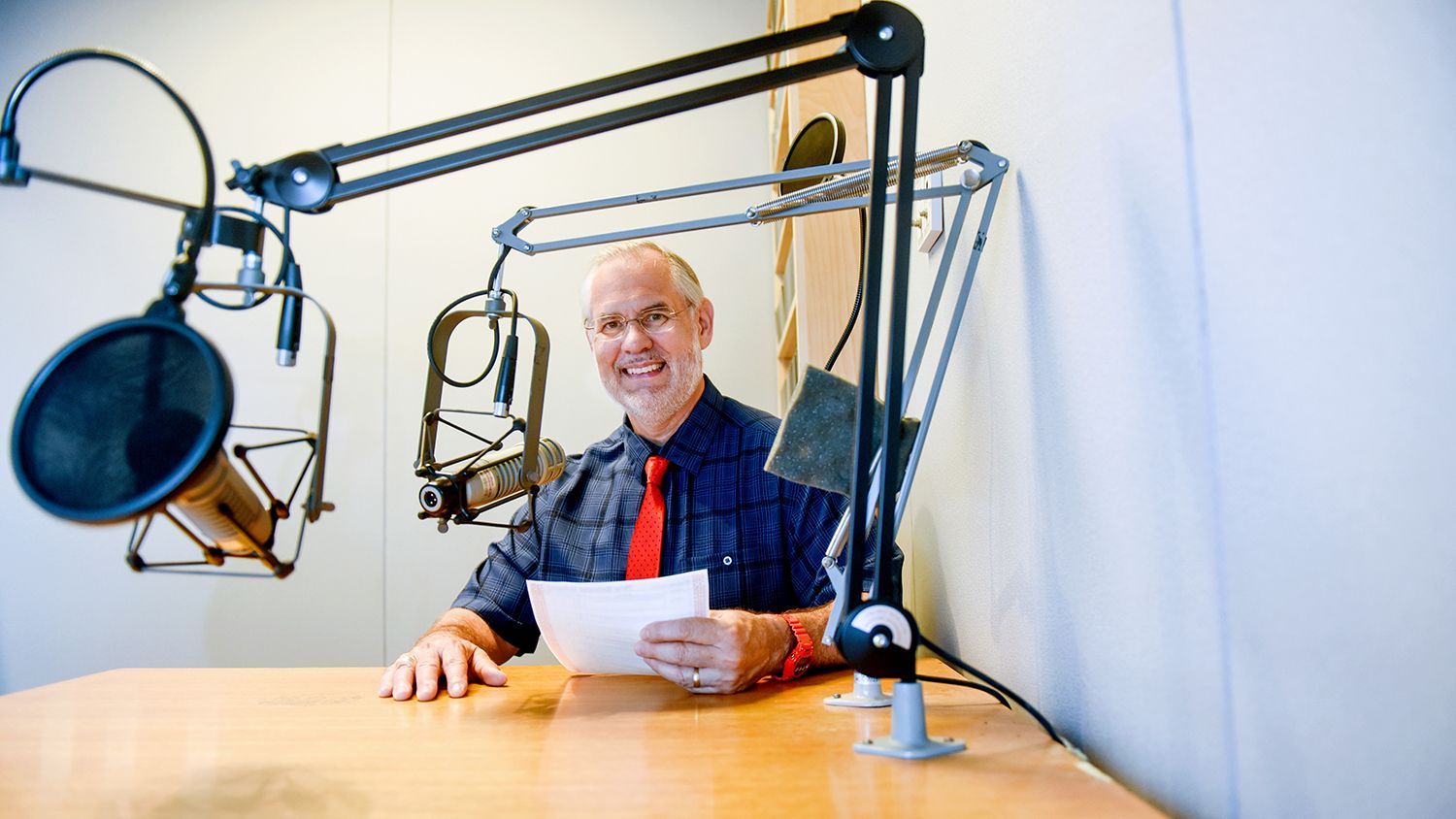Multi-generational living
Many social changes we’ve seen in the United States in recent decades have economic implications. Multi-generational housing is an example. NC State University economist Mike Walden explains.
“I think this is a really interesting change. What we are seeing now are specific residences being built, when they are being built, to accommodate not one family but multiple generations. So maybe they’ll have the husband, wife and the children, but then also the parents or the grandparents of the children.
“And people who’ve looked at this say it’s really the result of several changes. First of all, people are living longer and often in those later years of life they need assistance (with) just day-to-day activities. And perhaps you don’t want your parents or grandparents going to an assisted care facility, and so you taking care of them yourselves in your home might be the way to go.
“The second factor is that many family finances have not recovered from the recession, and so a family — a husband, wife, children; partners with children — maybe don’t have the money to buy their own home, but if they can piggyback with their parents they can.
“Then lastly, going to the youngest generation, many young adults also have not been able to find work from the consequences of the recession, or if they have work it’s paying much less than they expected so they can’t buy a home.
“So in many cases those three factors come together to promote multigenerational living as the solution. And so what we are actually seeing now is some national homebuilding firms building neighborhoods and specific structures which accommodate these generations.”
- Categories:

